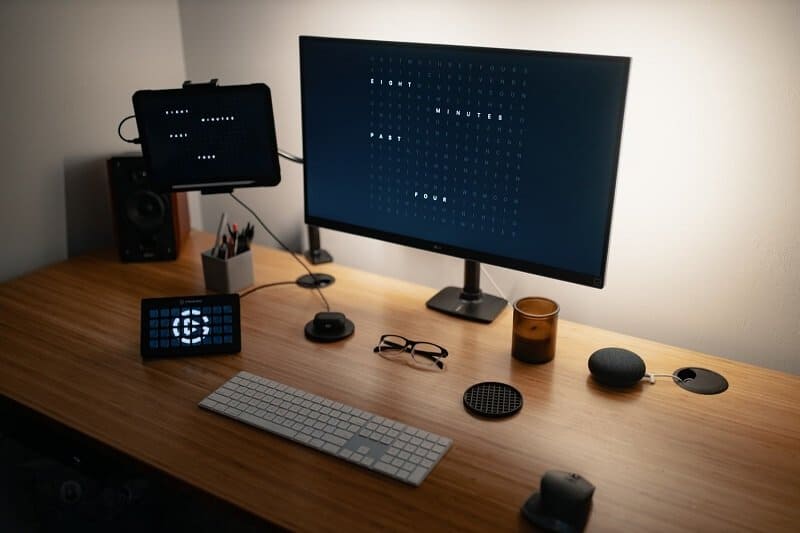
Your strategy limits how often you day trade, overtrading can happen when you take more trades than your strategy allows.
By Guy Avtalyon
I heard so many times this question: How to increase the number of trades per day. I’ll tell you something that may surprise you. You don’t have to trade every day, not even every week. So how to make consistent gains? Actually, you can generate even better profits if you don’t trade frequently. For that to achieve you don’t need to manage numerous open positions and spend days in front of your computer.
Surely, you’re waiting for me to tell you about the special secret.
If you stay long enough, you’ll see!
Firstly, you can trade stocks on how often you want but in a non-margin account. Of course, you don’t have a non-margin account otherwise you wouldn’t ask this question.
So, you’ll have to trade under the rule known as “pattern day trading rule”. What does it mean? The number of your trades is limited if you don’t use your cash account. On the other hand, if you use cash or a non-margin account you can trade as many times as you want. However, if you use a margin account it is allowed to trade three times every day for a five day period. If you are smart you can extend this number to four. For example, to avoid this rule you can buy the stock at the end of the trading day and sell it the day after. In this way, you’ll hold stock for less than one day but you’ll have more trades.
How often to trade stocks?
This Day Trading Rule will limit you. Keep in mind that the number of trades means the number of transactions, not the number of different companies you trade.
The day trading rule operates by identifying some traders as “pattern day trader”. Such traders must have deposited $25,000 in their accounts. The good news is that you don’t need to cover this amount in cash only, you can use other securities also. But if you don’t use a margin account this rule cannot be applied to you. If you’re in cash,
you don’t need to comply with this rule, of course.
But, what is smart to do? What is the reasonable number of trades per day? How to increase the number of trades per day? First of all, if you have less than $25 000 the reasonable decision is not to use a margin account. In this way, you’ll reduce the risk. If you’re a beginner it is smart not to use leverage. Just take care that some mistakes can wipe you out completely and trading with leverage is one of them.
However, it is a completely different situation if you have experience but not enough capital. If you want to avoid the day trading pattern rule you should do the following.
Tricks on how to increase the number of trades per day and more often trade stocks
Open added accounts. This is the easiest way. For example, you can open three different accounts to execute day trading. This strategy is one of the tricks actually. I already mentioned that the rule can limit the number of transactions per account. But if you have several accounts you can trade more often and you’ll not be flagged as a pattern day trader. You can make 15-days transactions from 15 different accounts.
Well, the problem could be how to open multiple accounts in your name. Well, don’t do it. Open different accounts in the name of your family members, for example. It is completely legal for you and your family members to have trading accounts with the same broker.
Well, if you don’t trust your family, there is still a chance to open multiple accounts with different brokers. That’s how you can overcome the problem of “pattern day trading rule”.
But be careful, this can’t last forever. It’s a matter of time when the brokers will start to control you. The consequences aren’t pleasant. They could increase the minimum collateral limit even if you use your cash account or other non-margin accounts. Their limitations can be tied to social security numbers or they can request to connect the biometric information for using these accounts.
Therefore, if you want to be a daytrader and break the limited number of trades per day you’ll need to have some other tricks in the pocket.
Trade in the markets outside your country
The day trading pattern rule is required by American regulators like FINRA and the SEC. Hence, this obligation does not surely hold true in stock exchanges out of the US. You can look at some foreign markets and exchanges. Many of them don’t have such rigorous demands. Well, you can’t just jump into another market, you’ll need to examine it first. For example, things like taxes and legal issues, liquidity and risk matters, etc.
So, you may find another way often to trade stocks when you want a day trade but your capital is below $25.000 which is required in the US. These that I presented you are just a few strategies on how to avoid pattern day trading rule.
But frankly, this rule is helpful to both traders and brokers. It decreases the risk for both sides.
The pattern day trading rule appeals to traders that use a margin account and only on the territory of the US. If you trade out the US market you don’t need to respect this rule. Also, you don’t need to follow this rule if you’re a cash-based trader.
How to increase the number of trades per day? I hope you got some clues now. Just, keep in mind any combination of selling, buying, or shorting a stock within one day can be recognized as day trading.
Keep the balance in the number of trades
Day trading is the most fascinating and queried trading style. In day trading you have to close all positions before the end of the trading day. The benefit is that you’ll avoid the overnight gaps. But is it a real benefit? No matter how day trading may look lucrative it has drawbacks too. Let’s ask the stats for help. The stats say that almost all returns in the stock market over the 20 years and more, come from overnight gaps. If you remove the risk and you don’t want to have a market gap against you, you’ll reduce the profit chances. Some traders wrongly believe that under-trading is better than overtrading. This is a mistaken opinion. If you have a winning strategy, then by bounding trades, you decrease your chances of success. Think about that.
Article source



